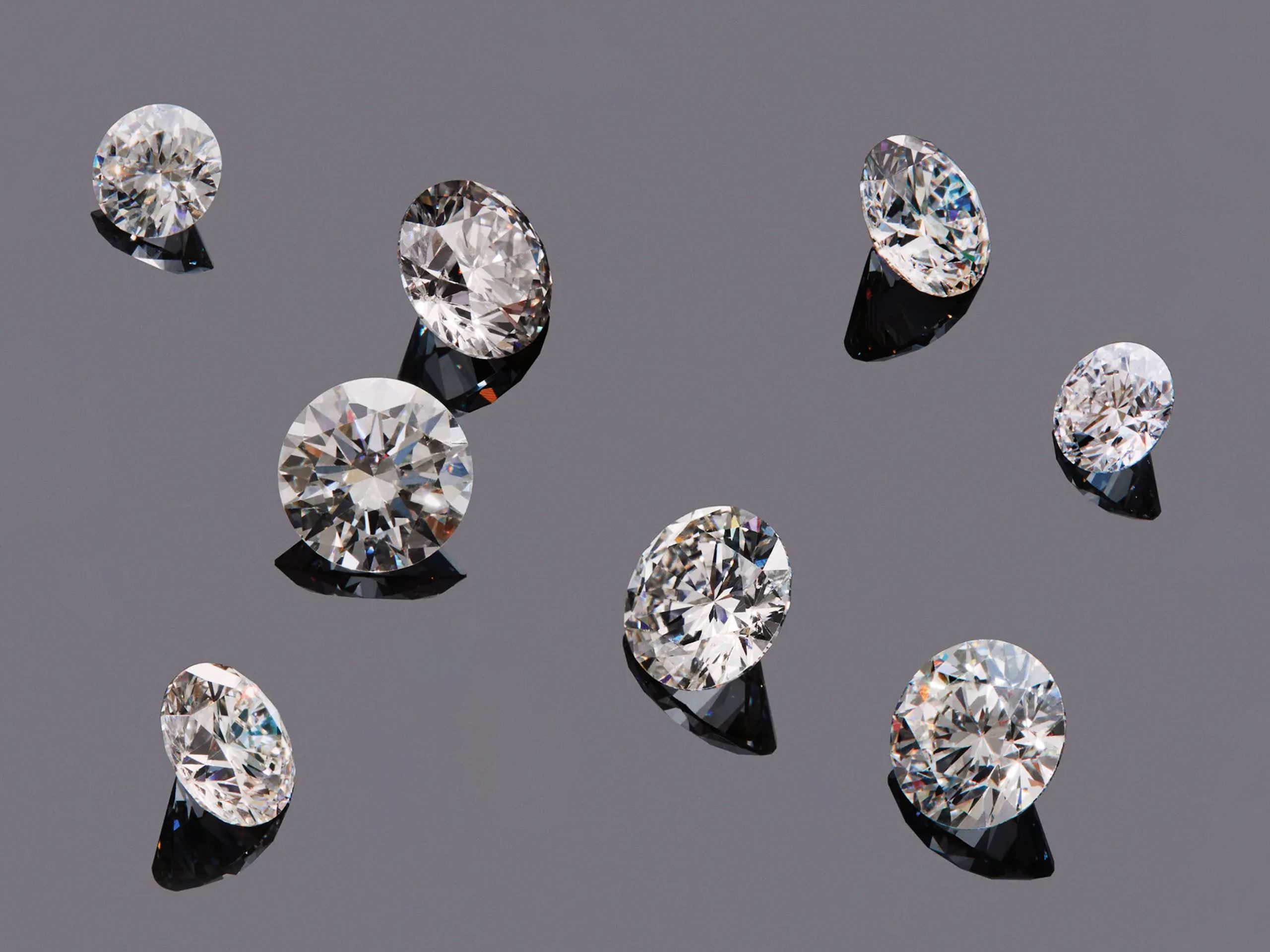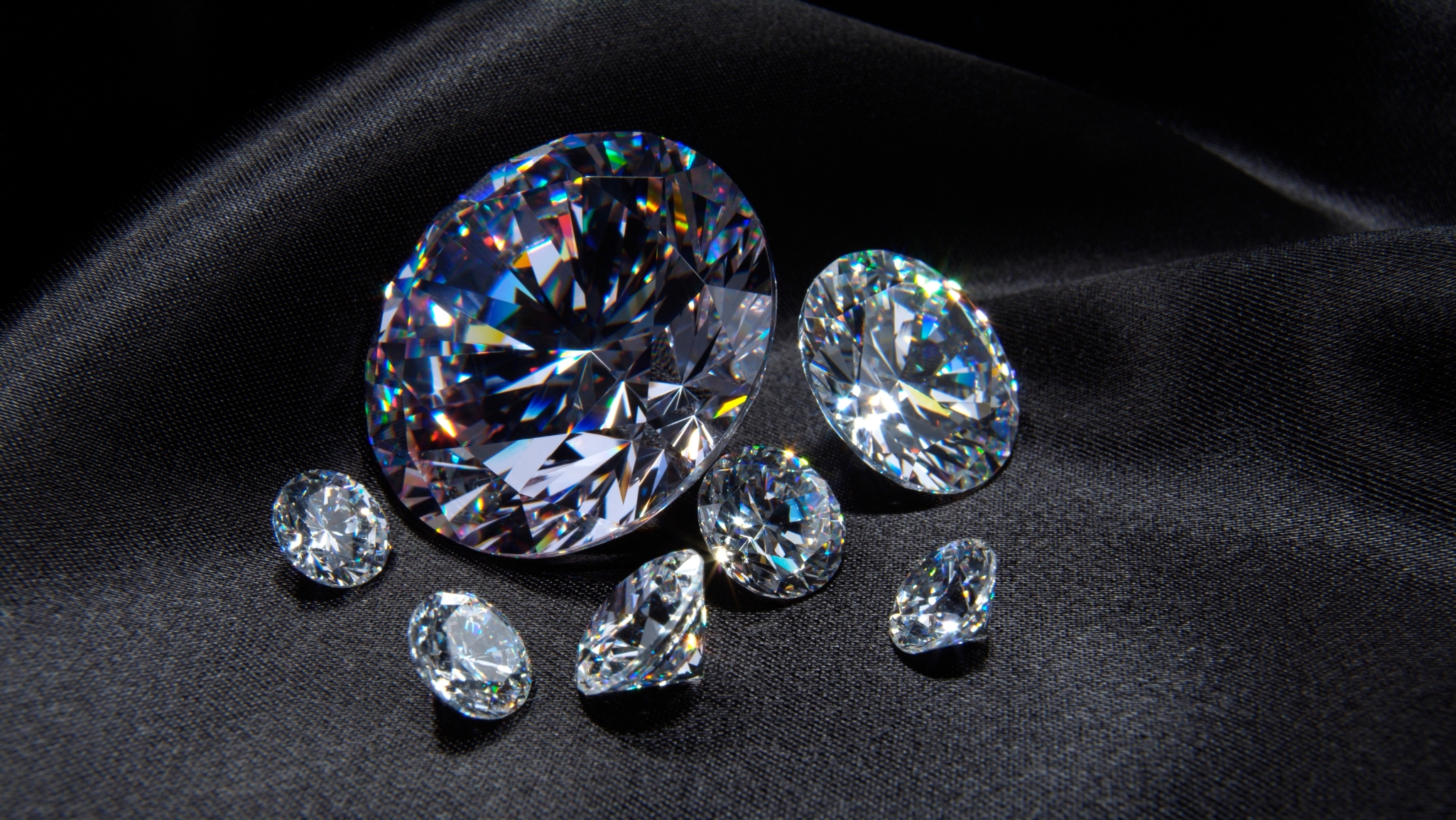
Diamonds have long been synonymous with luxury and elegance, but they’re not the only option when it comes to adding sparkle to your jewelry collection. From natural gemstones to lab-created alternatives, there’s a wide array of diamond substitutes available that offer beauty, durability, and affordability. In this article, we’ll explore various diamond substitutes, their characteristics, and factors to consider when choosing the perfect option for your needs.
Natural Gemstones
Natural gemstones, such as sapphires, rubies, and emeralds, have been coveted for their beauty and rarity for centuries. While they may not have the same hardness as diamonds, many natural gemstones offer exceptional brilliance and color, making them popular choices for jewelry. Sapphires, for example, come in a variety of colors, including the coveted blue hue, and are often used as center stones in engagement rings.
Lab-Created Diamonds
With advancements in technology, lab-created diamonds have become a popular alternative to man made diamonds. These diamonds are grown in a laboratory setting using high-pressure, high-temperature processes that mimic the conditions under which natural diamonds form. Lab-created diamonds have the same chemical and physical properties as natural diamonds, but they are typically more affordable and ethically sourced.
Moissanite
Moissanite is a naturally occurring mineral that was first discovered in a meteorite crater in Arizona. It possesses a brilliance and fire that rivals that of diamonds, making it an attractive alternative for those seeking maximum sparkle without the hefty price tag. Moissanite is also incredibly durable, making it suitable for everyday wear.
Cubic Zirconia (CZ)
Cubic zirconia, or CZ, is perhaps the most well-known diamond substitute. It is a synthetic material that closely resembles the appearance of a diamond but is much more affordable. While CZ may not have the same durability as diamonds, it offers excellent clarity and brilliance, making it a popular choice for fashion jewelry and costume pieces.
White Sapphire
White sapphire is a natural gemstone that shares many similarities with diamonds. It has a comparable hardness and brilliance, making it an excellent choice for those looking for a diamond alternative. White sapphires are often used as accent stones in engagement rings or as the center stone for a more budget-friendly option.
Synthetic Diamonds
Synthetic diamonds, also known as cultured or man made diamonds, are created in a laboratory using either high-pressure, high-temperature processes or chemical vapor deposition. While they are chemically identical to natural diamonds, synthetic diamonds are typically more affordable and can be produced in larger quantities, making them ideal for industrial applications.
Diamond Simulants
Diamond simulants are materials that mimic the appearance of diamonds but do not have the same chemical composition or properties. Examples of diamond simulants include cubic zirconia, moissanite, and white sapphire. While they may not have the same durability as diamonds, diamond simulants offer an affordable option for those looking to add sparkle to their jewelry collection.
Factors to Consider When Choosing a Diamond Substitute
When choosing a diamond substitute, there are several factors to consider, including your budget, the purpose of the piece (e.g., engagement ring, fashion jewelry), and your preferences in terms of color, brilliance, and durability. It’s essential to do your research and explore all of your options before making a decision.
Environmental and Ethical Considerations
In addition to cost and aesthetics, many consumers are also concerned about the environmental and ethical implications of their jewelry purchases. The diamond industry has come under scrutiny in recent years for its environmental impact and issues related to labor practices and human rights violations. Choosing ethically sourced or lab-created alternatives can help alleviate some of these concerns.
Tips for Purchasing Diamond Substitutes
When purchasing a diamond substitute, it’s essential to buy from reputable sellers who offer quality products and transparent information about their materials and sourcing practices. Be sure to verify the authenticity of the stone and inquire about warranties and return policies to ensure your satisfaction with your purchase.
Care and Maintenance of Diamond Substitutes
While diamond substitutes may not require the same level of care as natural diamonds, it’s still essential to take proper precautions to keep them looking their best. Use gentle cleaning methods and store your jewelry properly to prevent damage and scratches. Avoid exposing your diamond substitutes to harsh chemicals or extreme temperatures, as this can affect their appearance and durability.
The Future of Diamond Substitutes
As technology continues to advance and consumer preferences evolve, the market for diamond substitutes is likely to expand. With increasing awareness of environmental and ethical issues in the jewelry industry, more consumers may turn to alternative options that offer comparable beauty and quality without the associated cost or ethical concerns.
Conclusion
Diamond substitutes offer a compelling alternative to natural diamonds, providing beauty, durability, and affordability for consumers. Whether you’re looking for a budget-friendly engagement ring or a statement piece of fashion jewelry, there’s a wide range of options to choose from.






:max_bytes(150000):strip_icc()/GettyImages-1179580531-4340ea9cb05f4158b56b2e9dd3b6f8ea.jpg)